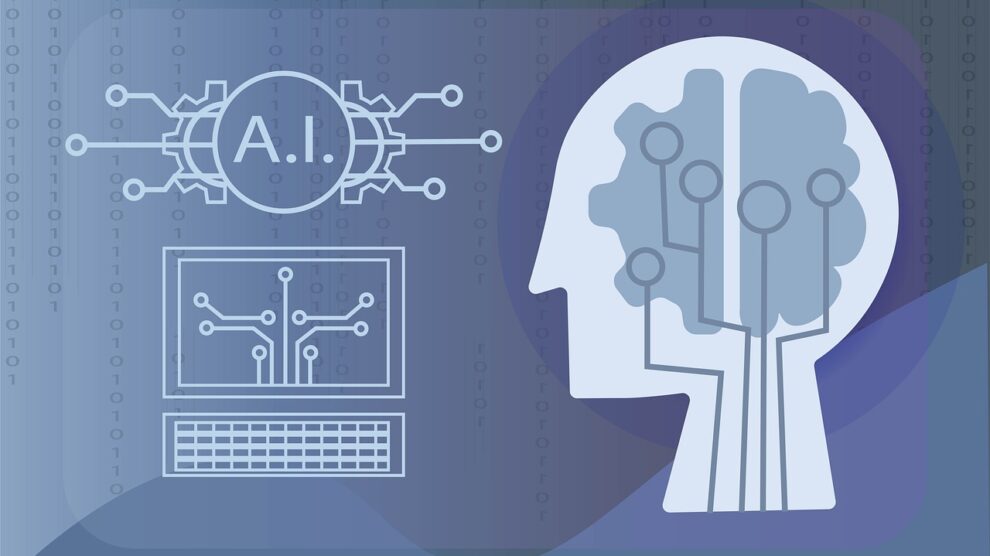If you’re a player in the digital marketing agency space, chances are AI has become a frequent topic of discussion. The fear that AI will take over office jobs and trigger layoffs has become common enough that we already have a phrase for it — AI exposure. With AI capable of providing SEO insights, devising actionable marketing schedules, and generating all the required content, some digital marketing agencies are growing anxious. Could clients soon bypass the need for agencies altogether?
Rest assured, digital agencies will not be fading into oblivion anytime soon.
Human marketers are still the instigators, the driving force behind unlocking AI’s full potential. In parallel, agencies retain their indispensable role in orchestrating marketing tactics, armed with the knowledge and expertise needed for creative conceptualization and strategic selection. It’s only at this juncture that AI can step in, serving as a valuable instrument.
Let’s look at a concrete example. One of the primary challenges agencies face in the realm of AI is the task of parsing out valuable data from the vast sea of information available. After all, algorithms, though powerful, are only as effective as the data they are trained on. Simply throwing a bunch of inputs into the algorithm and hoping for great results is a strategy bound to fail.
If an agency’s goal for a particular client is to generate leads, merely instructing the algorithm to acquire leads is too vague a command. The algorithm may prioritize quantity over quality, flooding the client with numerous leads that have a low likelihood of conversion or that don’t line up with the client’s target audience. Even worse, wasting time on low-quality leads will mean missing out on high-conversion prospects and more lucrative opportunities.
This is where the agency’s crucial role comes into play. The agency is necessary to define what qualifies as a good or bad lead, whether it pertains to demographics, behavior, or other criteria. The agency’s challenge then lies in effectively communicating these nuanced considerations to the algorithm, ensuring that it effectively generates leads that not only align with the client’s objectives but also maximize the efficiency of time and resources invested. That deliberative process takes careful analysis and expertise to get right and is a prerequisite to making sure the AI’s output aligns with the agency’s goals.
Similarly, if a client’s goal is to target purchasers with high customer lifetime value (LTV), defining the characteristics of a high LTV purchaser becomes paramount. What metrics should the algorithm prioritize? How can the agency communicate the factors that contribute to a high LTV, such as repeat purchases, brand loyalty, or customer engagement? These questions highlight the intricacies involved in guiding the algorithm toward desired outcomes. While predictive analytics can use historical data to predict future outcomes, digital marketers must apply this AI tool smartly to predict which customers are most likely to churn, pick out the most profitable customer segments, or identify which products are most likely to be successful in a particular market.
Here’s a key thing to keep in mind: AI hasn’t taken over, but it has changed the game. Agencies may not need to stress about fading away, but they do need to consider how to evolve and improve.
Today, AI can be used to take over routine and low-value optimization tasks that people didn’t want to do in the first place. Agencies must become adept at using AI to do these tasks quickly and well, mastering its use and direction to free up valuable time and resources that can be redirected toward more meaningful work.
More importantly, agencies should take on the role of skillful directors, guiding AI. While algorithms excel at processing vast amounts of data and executing tasks with precision, they lack the nuanced understanding, creativity, and vision that human professionals bring to the table. Since algorithms meticulously adhere to explicit instructions, the onus rests on the agency to furnish precise, productive directives. This demands a keen and nuanced understanding of client objectives, target demographics, and key performance indicators (KPIs). Agencies must invest considerable time and effort in establishing these parameters to ensure a seamless alignment between AI operations and overarching goals.
In essence, the winning formula requires a harmonious relationship between human expertise and machine capabilities. That’s where the true synergies happen. Forward-thinking digital agencies have readily adopted this mindset, using AI as an asset to expand their capacities and improve results. This integration facilitates a pivot toward strategic thinking, creativity, and rigorous testing. At the same time, agencies are liberated from the shackles of routine tasks, empowering them to redirect their focus toward refining overarching strategies and delving into innovative approaches.
To stay ahead in the dynamic world of digital marketing, agencies must seamlessly integrate cutting-edge AI tools into their operational framework. An investment in AI training and education is well worth the investment to ensure marketing teams can take full advantage of the latest trends and technologies. Additionally, agencies need to step up and embrace the continuous evolution of AI by encouraging experimentation for new uses and new ideas. As the marketing landscape transforms, so will the ingenious ways of leveraging AI. A push toward experimentation will not only keep agencies abreast of the dynamic AI landscape but also inject a refreshing layer of innovation.
Rather than cowering from AI, agencies must harness it dynamically for peak performance and business expansion. Those who adapt and evolve will become the pioneers who define the bold new era of AI-driven marketing.





